1. Clackers
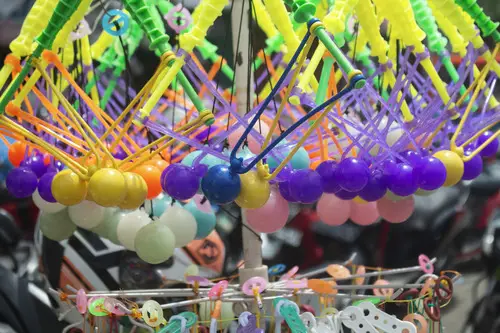
If you grew up in the ’60s, you probably remember Clackers—those two acrylic balls attached to a string that kids would swing up and down until they smacked together. The toy was supposed to help with coordination, but it often ended in bruised wrists or worse. When the balls hit with enough force, they could actually shatter, sending sharp plastic shards flying in every direction.
Parents were told it was harmless fun, but many ended up in emergency rooms with cuts and eye injuries. Despite the danger, Clackers were wildly popular, partly because kids loved the challenge of getting the perfect rhythm going. Even when warnings started coming out, they stuck around in schoolyards for years. Looking back, it’s amazing these were ever considered safe for children.
2. Lawn Darts
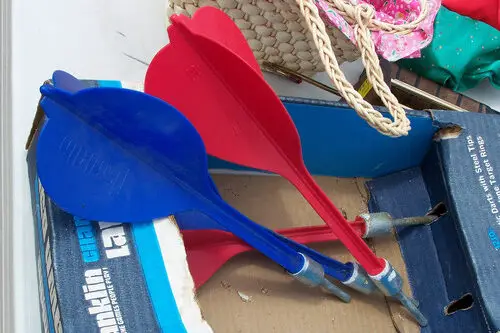
Known as Jarts, these oversized darts were made of heavy metal tips and meant to be tossed into plastic rings on the ground. The marketing suggested wholesome family fun in the backyard, but in reality, they were more like weapons. With the force of a small spear, they could easily puncture skin, and there were numerous reports of serious injuries.
Families thought of them as just another outdoor activity, but the risks were immediate if a dart went astray. Kids especially loved throwing them high into the air, which only increased the chance of disaster. While they were eventually banned, many families in the ’60s had them as a regular staple of summer gatherings. It’s a chilling reminder that “safe” was a very loose term back then.
3. Johnny Reb Cannon
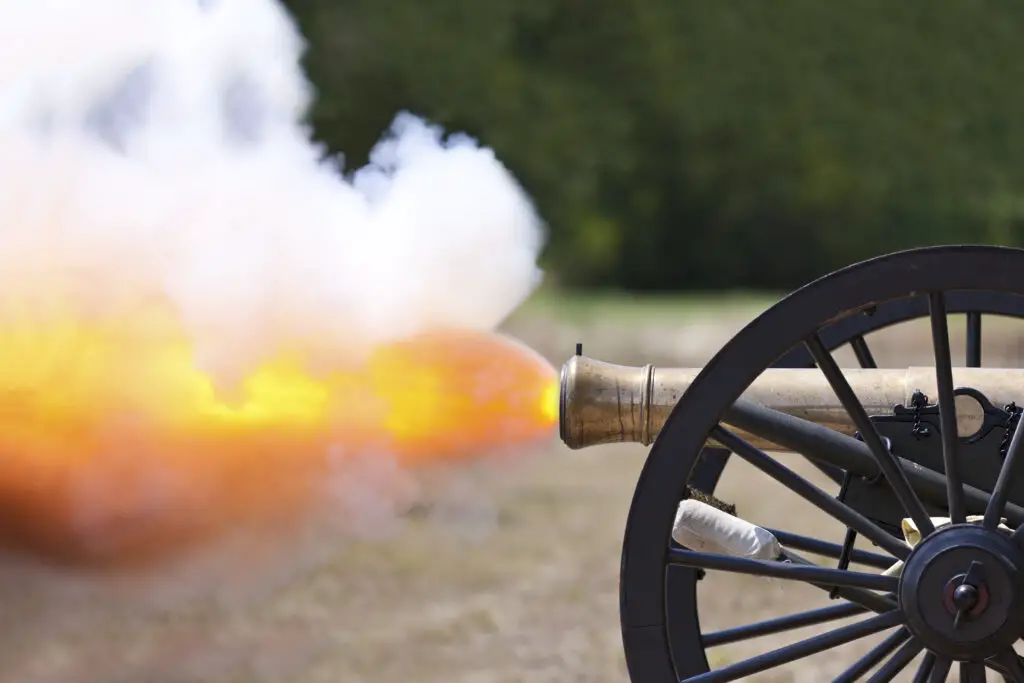
This toy cannon looked like it came straight from a Civil War reenactment, and kids were encouraged to fire plastic cannonballs across the yard. It didn’t just use spring power—some versions had real gunpowder-style caps for extra sound effects. The problem was, the cannonballs could travel at speeds high enough to injure anyone in their path.
At the time, it was marketed as a way for boys to play soldier, which was a big theme of the era. Parents didn’t think twice about kids launching projectiles toward each other. Stories circulated of broken windows and bruised heads, but somehow it was still sold for years. Today, it feels wild that a miniature cannon was ever considered a toy.
4. Thingmaker Creepy Crawlers
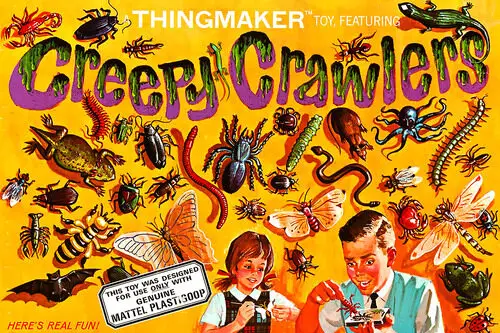
Creepy Crawlers were marketed as a way for kids to “make their own bugs” by pouring colorful liquid plastic into metal molds. The catch? The molds were heated by a real electric hot plate that reached up to 400 degrees. Kids had to carefully pour and then remove the bugs, but burns were almost inevitable.
The makers insisted it was safe as long as you followed directions, but how often did children sit still and wait patiently? Many ended up with blistered fingers or worse. Despite the danger, the toy was a huge hit, partly because kids loved the independence of creating their own toys. Looking back, it feels more like a science lab experiment than a child’s plaything.
5. Atomic Energy Lab

One of the most infamous toys of the ’60s was Gilbert’s U-238 Atomic Energy Lab. It came with actual uranium ore samples so kids could “learn about radiation.” The set also included a Geiger counter and instructions for experiments involving nuclear energy. At the time, it was framed as educational, but it carried very real health risks.
Parents thought they were encouraging future scientists, but most kids just wanted to play with the glowing rocks. While the radiation levels were relatively low, repeated exposure wasn’t exactly safe. Add in the fact that children had no concept of the dangers, and it’s shocking this was ever sold. Today, it’s a collector’s item that feels more like a cautionary tale than a toy.
6. Belt Buckle Derringer
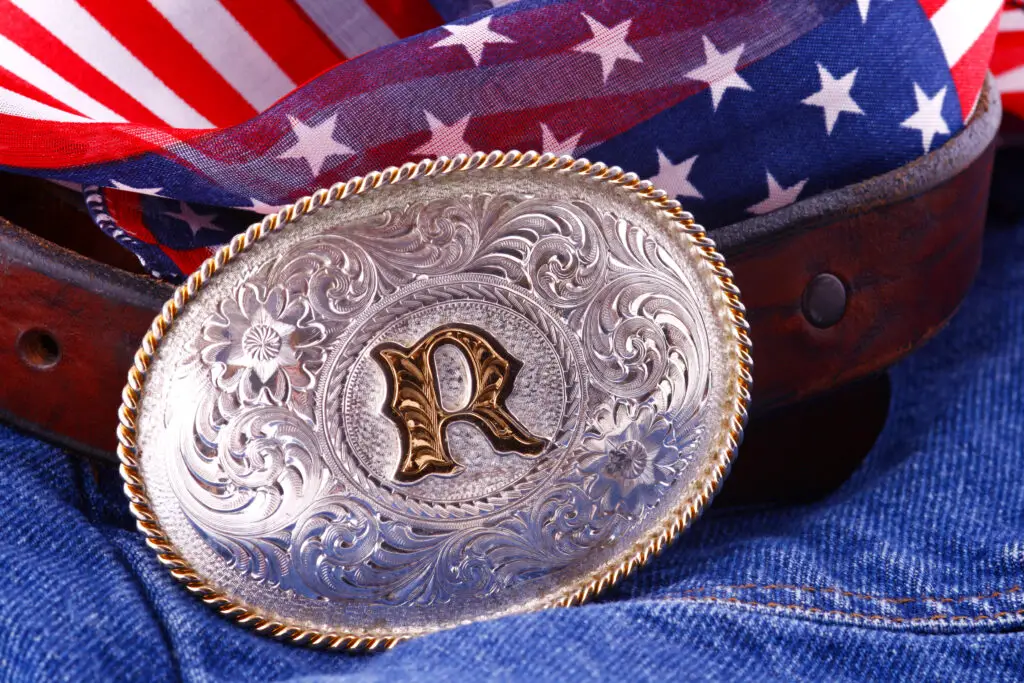
For kids who wanted to play cowboy, the Belt Buckle Derringer seemed like the ultimate accessory. It was a toy gun built into a belt buckle that would fire plastic bullets at the push of a button. While marketed as harmless, the shots had enough force to sting and sometimes leave welts.
It was supposed to be a fun surprise trick, but it quickly turned into a hazard when kids started aiming at each other’s faces. Parents often didn’t realize how strong the spring mechanism was until it was too late. The toy tapped into the Wild West craze of the time, but it also left behind a trail of minor injuries. Safe? Hardly.
7. Vac-U-Form
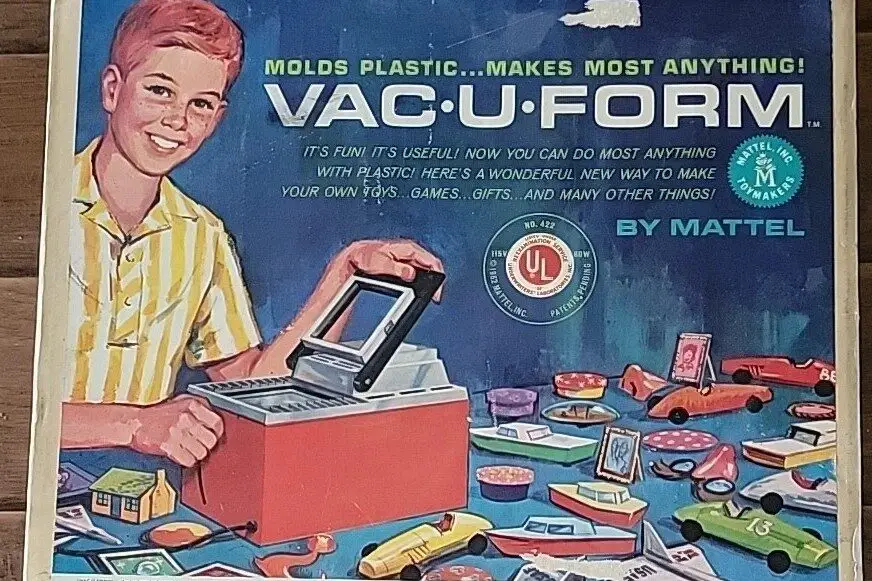
This toy let kids mold plastic sheets into shapes using a heating element that softened the material until it could be pressed into molds. Just like Creepy Crawlers, the heat source was hot enough to cause burns in seconds. Children were told to be careful, but curiosity and clumsy hands often won out.
The process was undeniably fun—you could create cars, animals, or random shapes that felt futuristic. But kids regularly burned themselves on the heating plate or the melted plastic. It was advertised as safe and educational, but in reality it was an accident waiting to happen. Parents today would be horrified at the idea of handing a child a mini industrial press.
8. Buzz Bomb Rocket Pistol
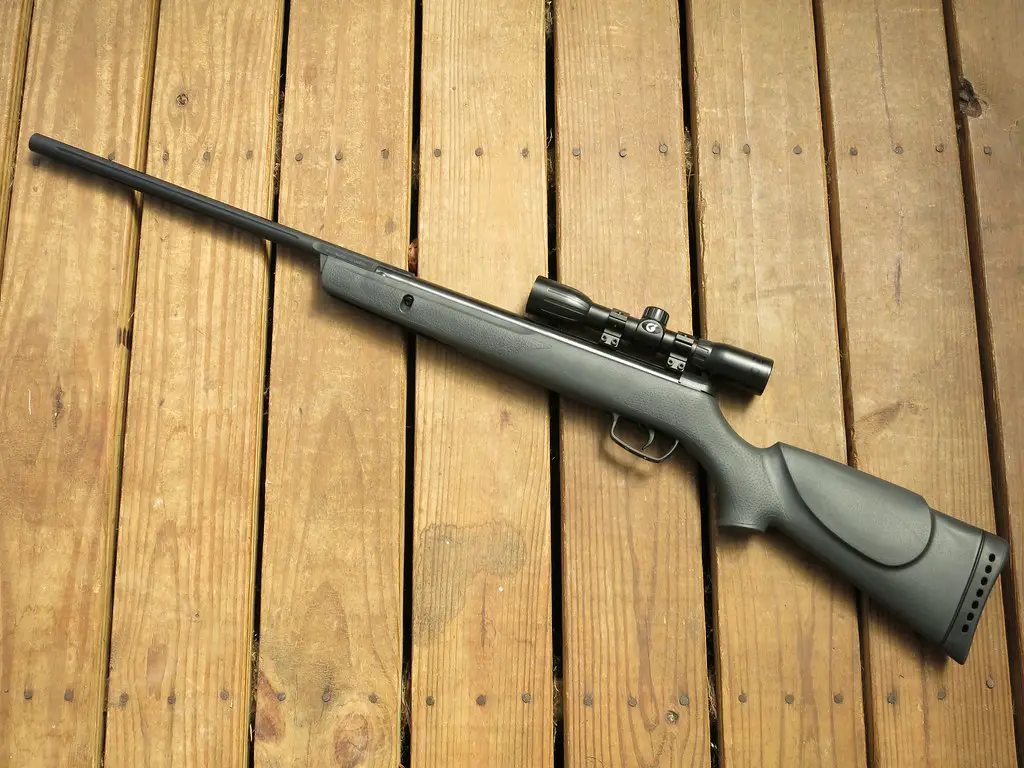
This toy was essentially a handheld launcher that fired plastic rockets with compressed air. The rockets could shoot across a room with enough force to break small objects or hit someone hard. While it looked harmless in the ads, it quickly became clear that the rockets were too powerful for indoor play.
Kids loved the thrill of sending rockets flying, but many ended up aiming at each other’s heads. Broken lamps, bruises, and even black eyes were common side effects. The toy blurred the line between safe fun and actual weaponry. It was one of many “harmless” projectile toys that showed just how risky the era’s marketing could be.
9. Wham-O Air Blaster
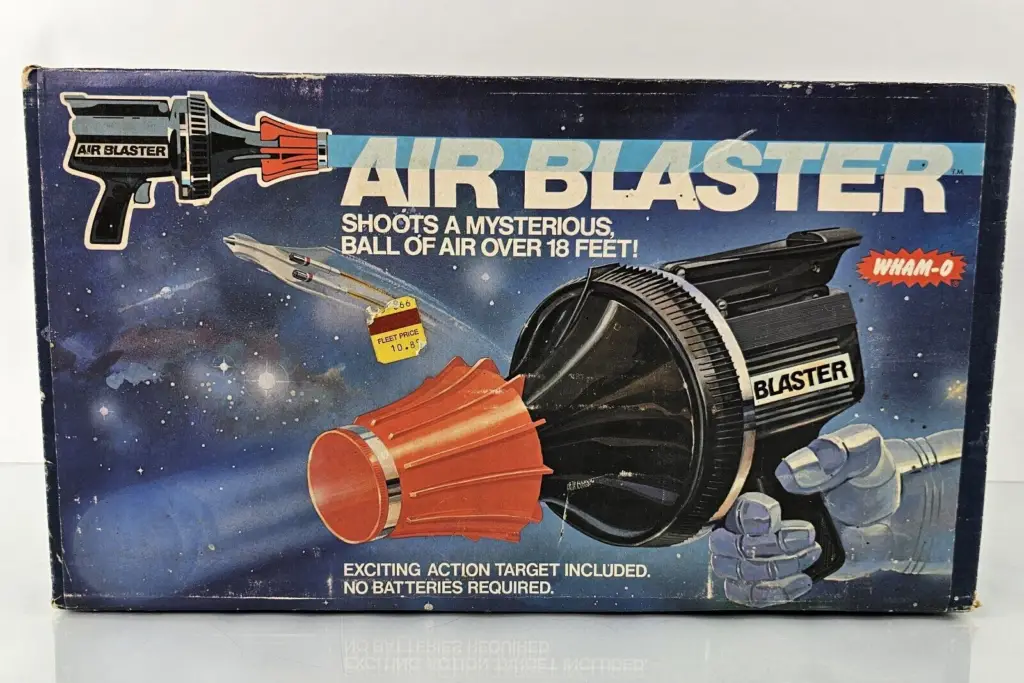
This toy gun didn’t fire bullets, but instead used compressed air to shoot blasts strong enough to knock over cups or extinguish candles. On paper, that might sound safe, but kids quickly realized it could also knock things out of each other’s hands—or worse, cause ear and eye injuries. The air bursts were much stronger than you’d expect from a toy.
It was marketed as futuristic fun, part of Wham-O’s line of exciting new gadgets. But parents often underestimated just how forceful it was until accidents happened. It became especially dangerous when kids aimed at pets or siblings. While it wasn’t as obviously risky as sharp objects or chemicals, the potential for harm was always there.
10. Mini-Hammocks Without Spreader Bars

Hammocks for kids might sound relaxing, but in the ’60s many were designed without spreader bars. That meant the netting would twist easily, trapping children inside. There were numerous reports of kids becoming entangled and even strangled while trying to climb in or out.
At the time, they were marketed as cozy backyard fun, perfect for an afternoon nap. But safety warnings were almost nonexistent, and parents didn’t realize the risks until accidents happened. While hammocks with spreader bars were safer, the earlier versions were a hidden danger. It’s a stark example of how something innocent could turn deadly without proper design.
11. Roller Derby Skates
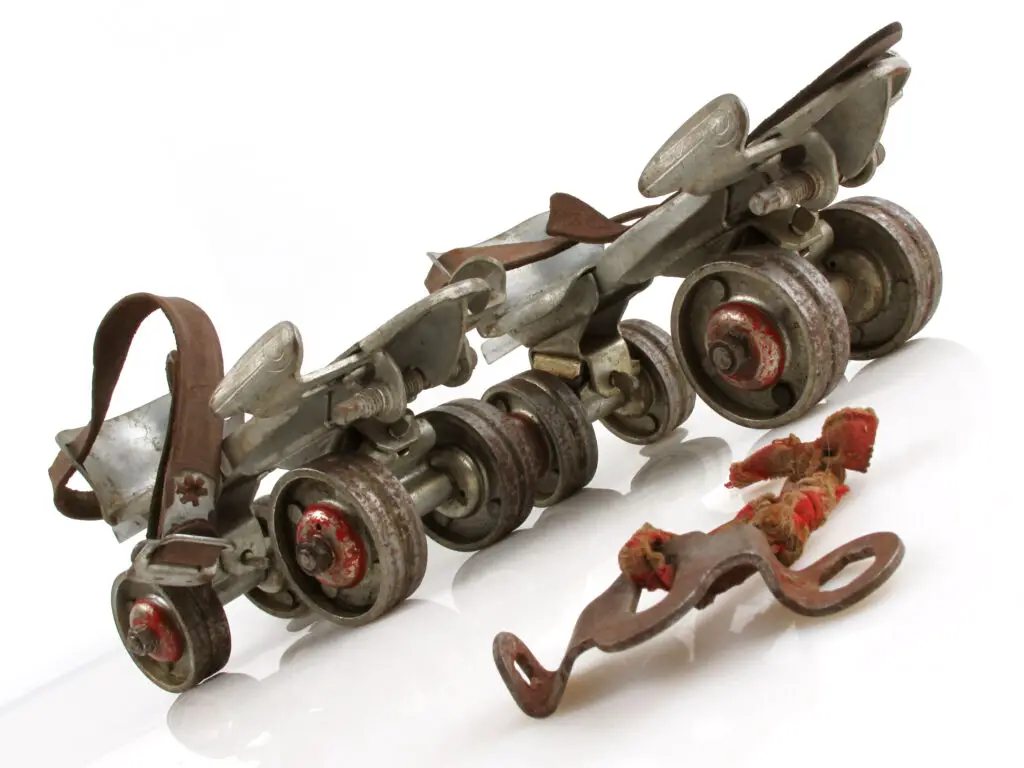
Skates were a childhood staple, but the ’60s versions were often made of thin metal that attached to regular shoes with a strap. They didn’t have safety features like toe stops, proper wheels, or supportive boots. Kids zoomed down sidewalks with little control, often ending in bloody knees or worse.
The toy was advertised as a healthy way to stay active, but protective gear like helmets or pads weren’t widely used yet. Crashes were almost guaranteed, especially on uneven pavement. Parents thought they were giving their kids wholesome exercise, but many were left patching up scrapes and broken bones. Today’s skates are far safer, but these were accidents waiting to happen.
12. Gas-Powered Model Planes
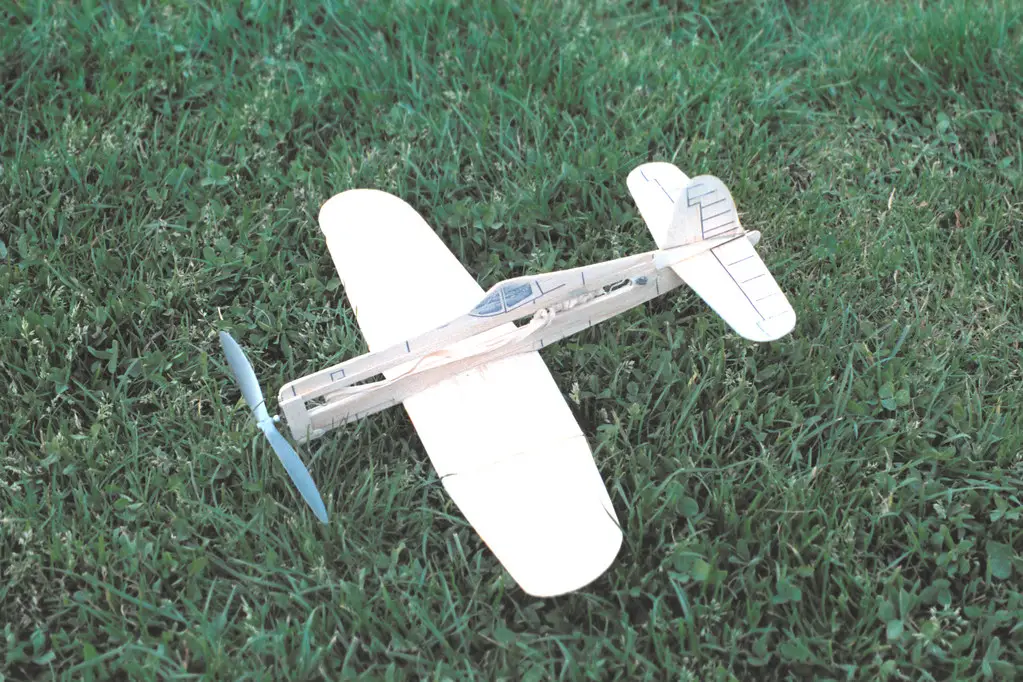
Model planes were a favorite hobby, but many kits in the ’60s came with small gas-powered engines. Kids were expected to handle fuel, start the engines, and then control planes that flew at high speeds. The spinning propellers alone were a major hazard, capable of cutting skin instantly.
Manufacturers sold them as educational and thrilling, a way to inspire future pilots. But in reality, they put kids in charge of miniature machines that were far from safe. Between fuel spills, engine burns, and runaway planes, injuries were common. It’s astonishing that such a dangerous hobby was ever marketed to children without serious warnings.
